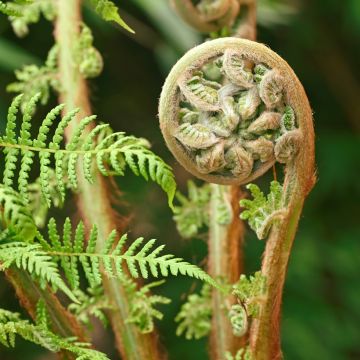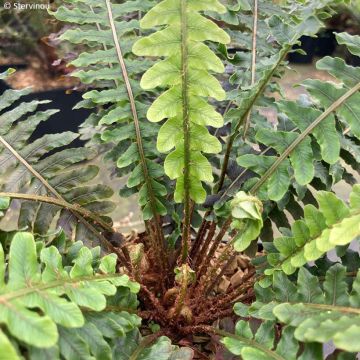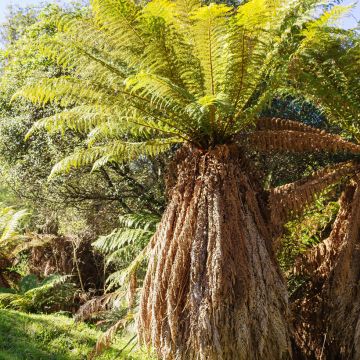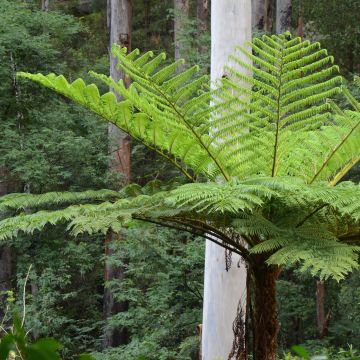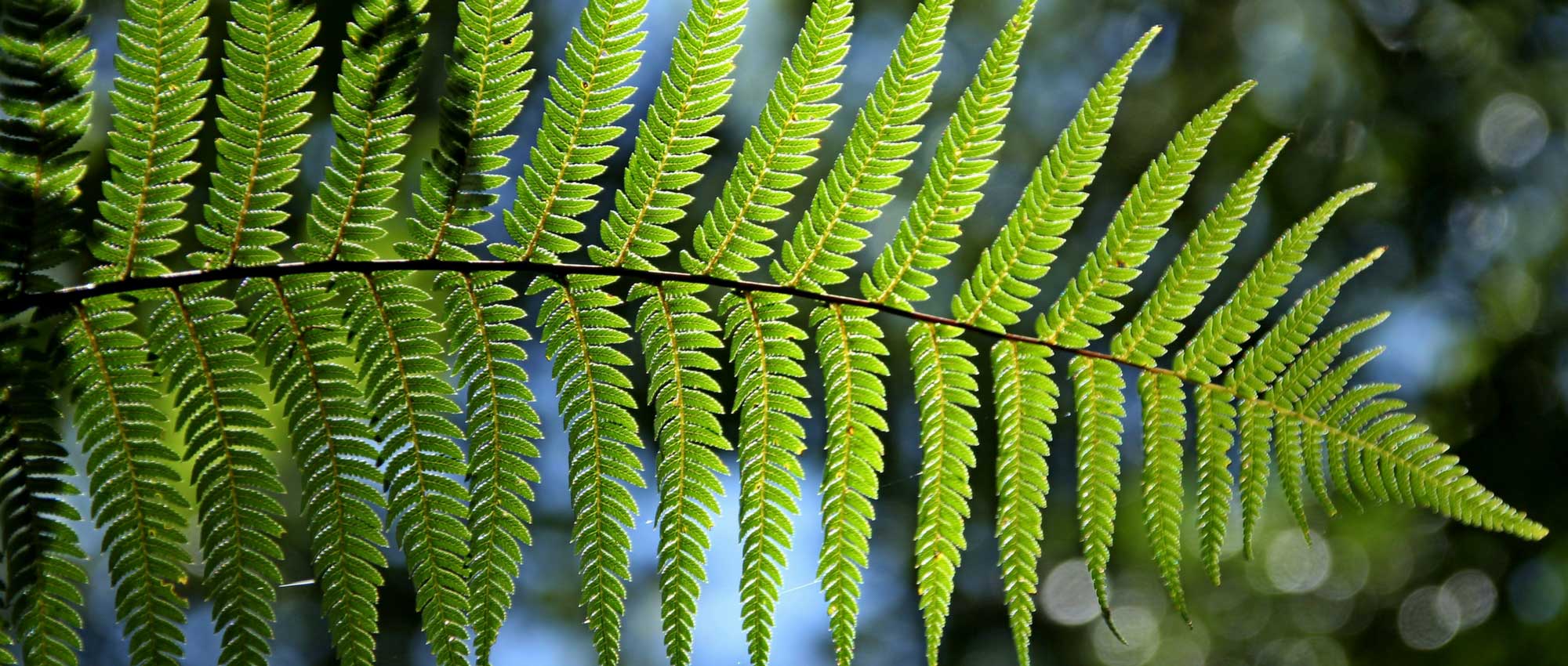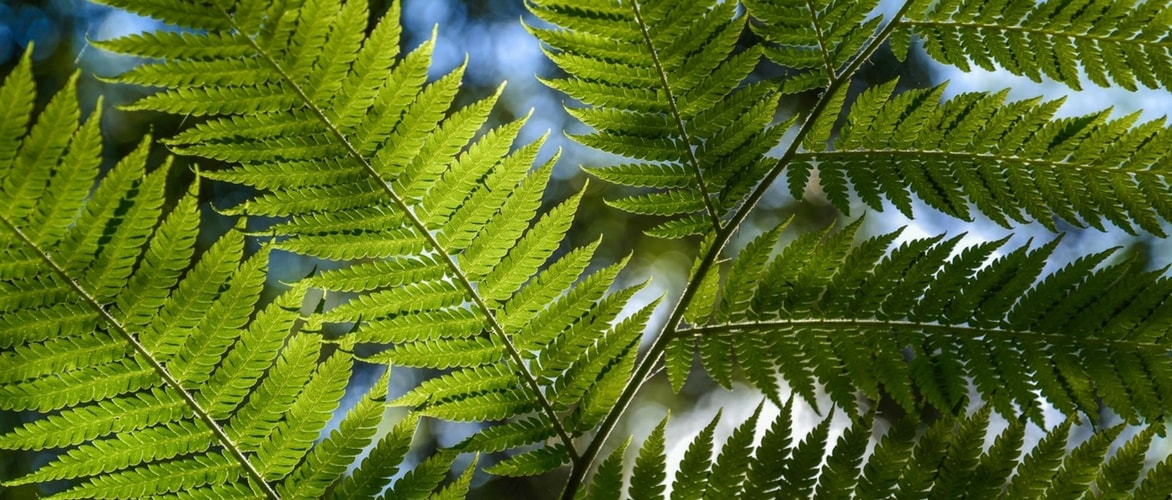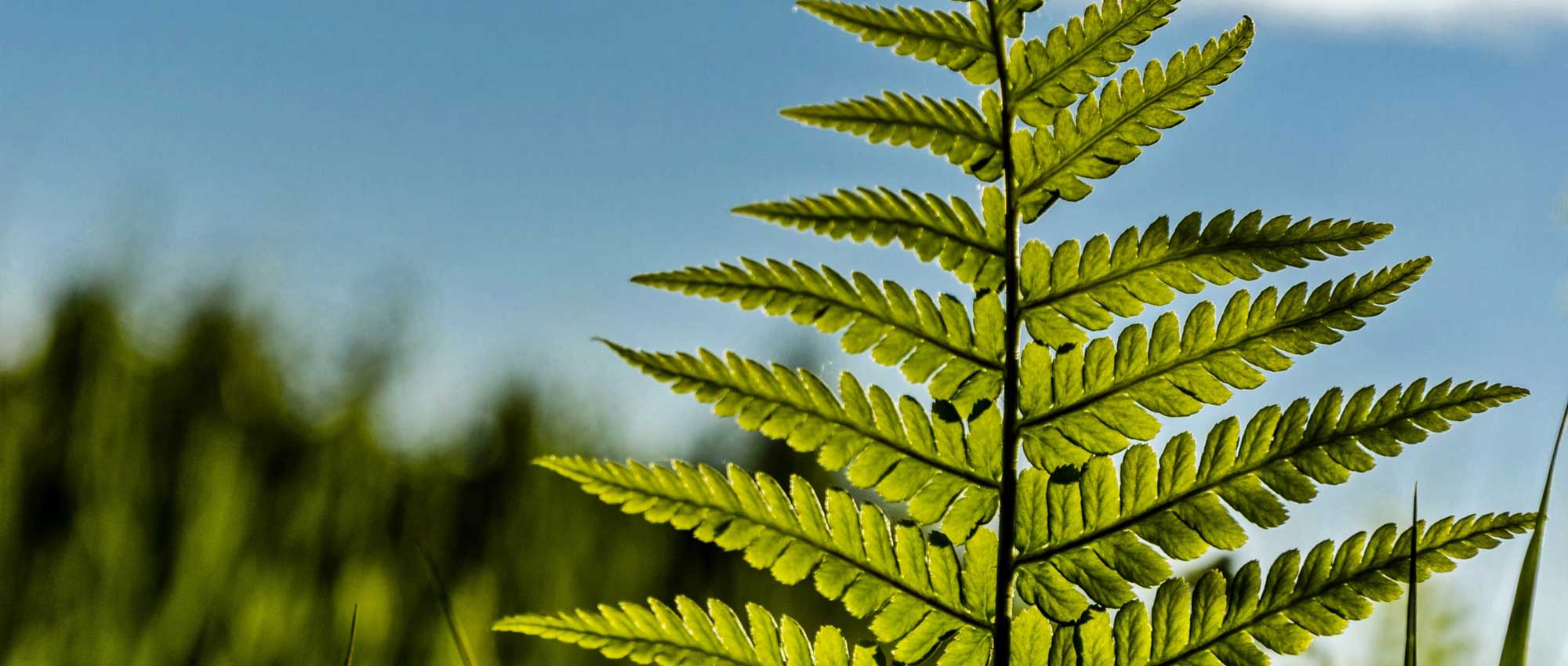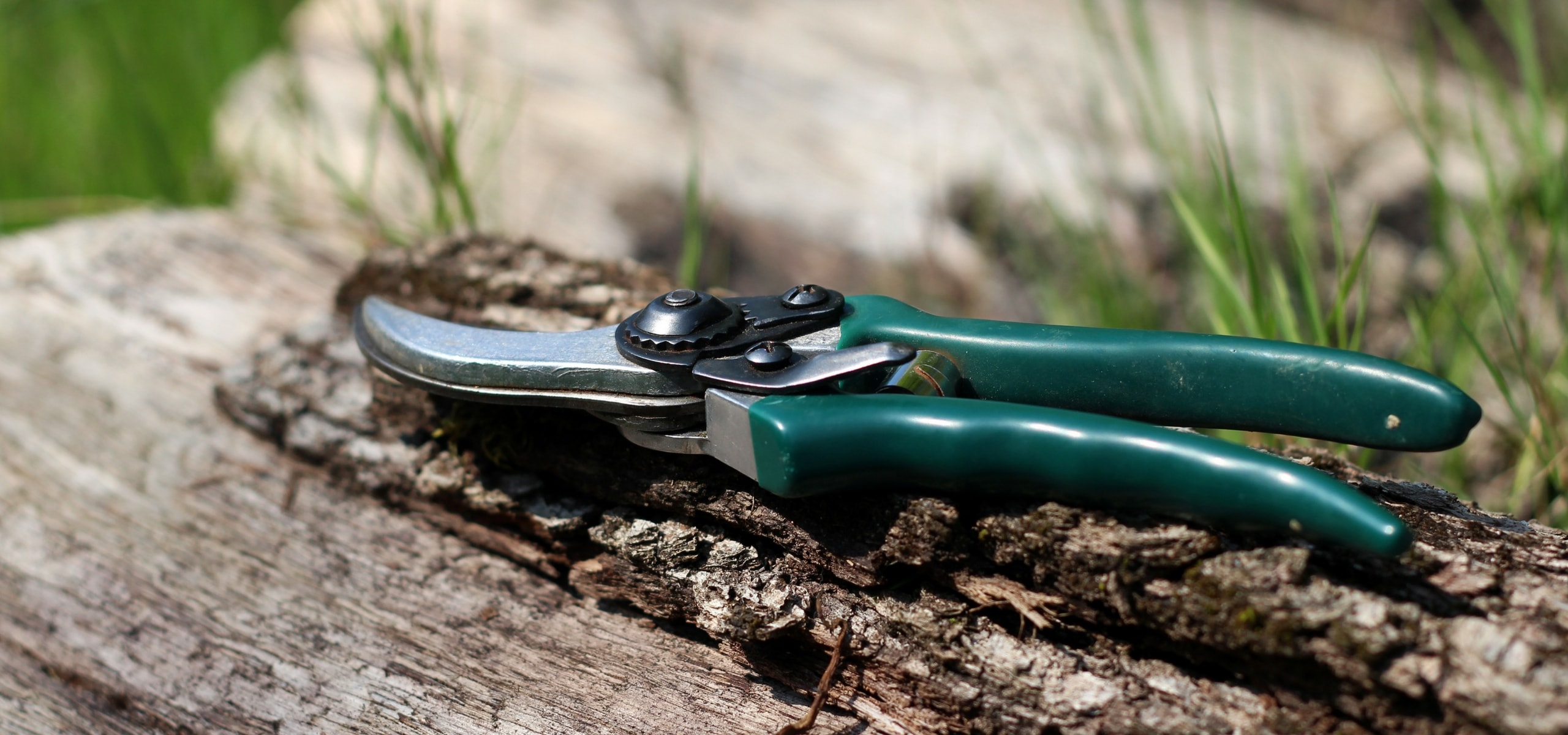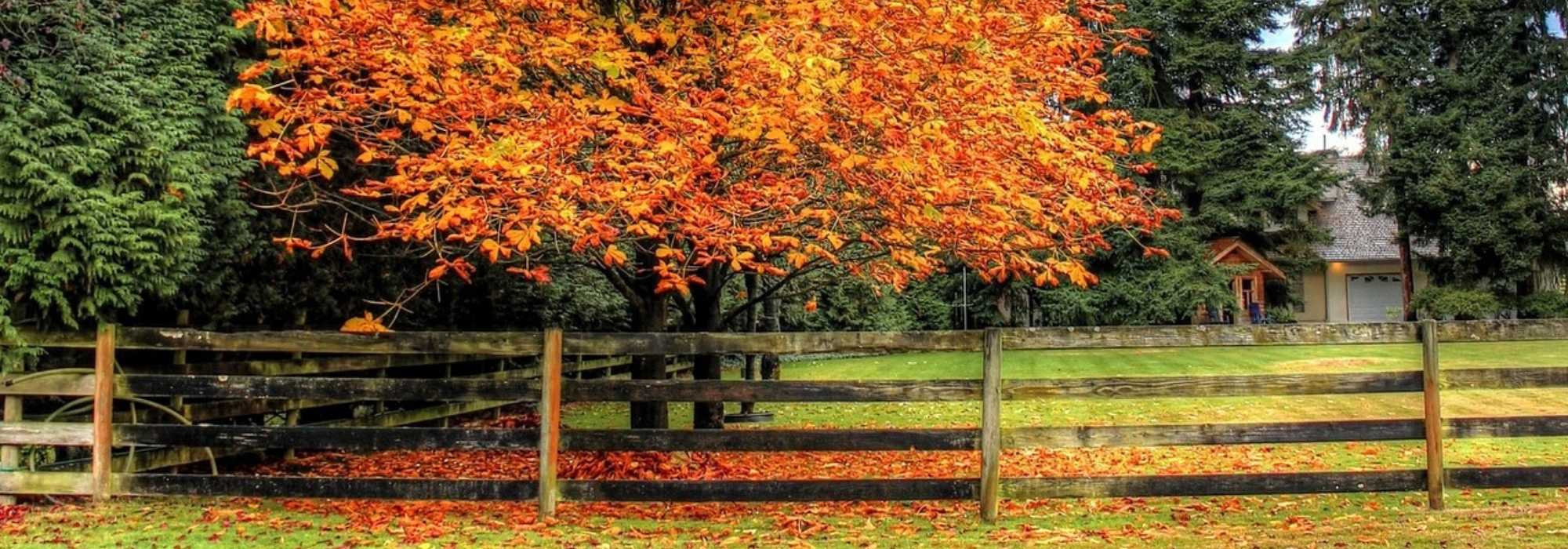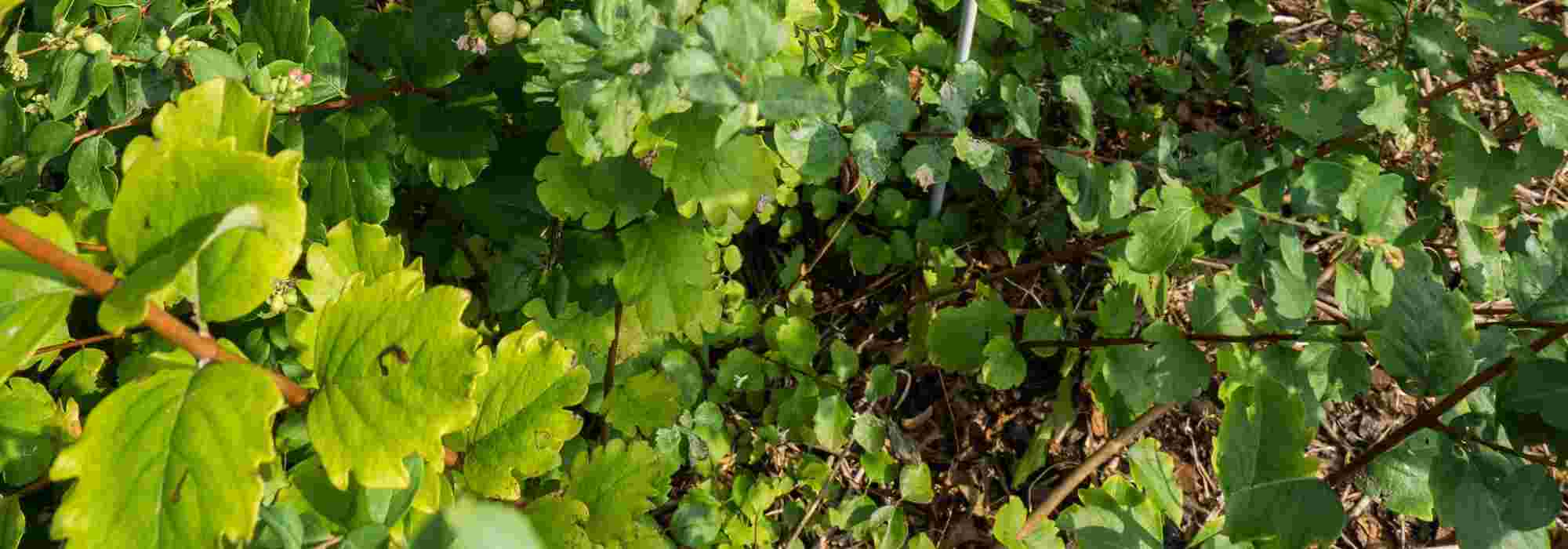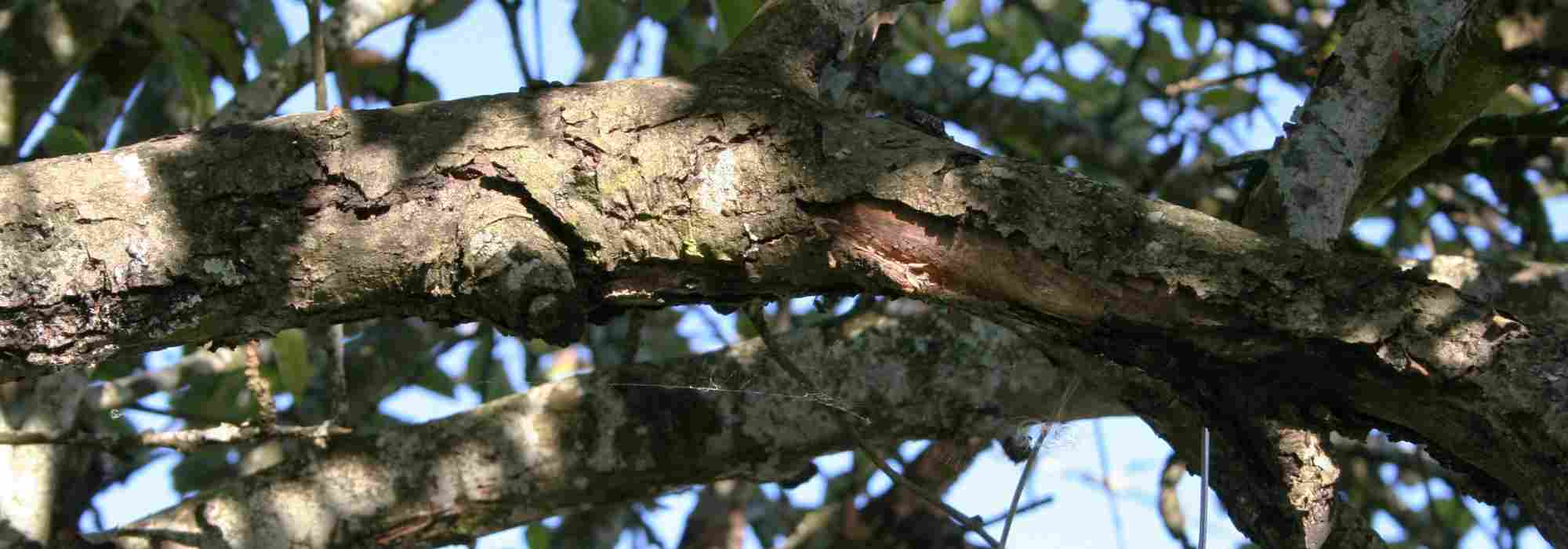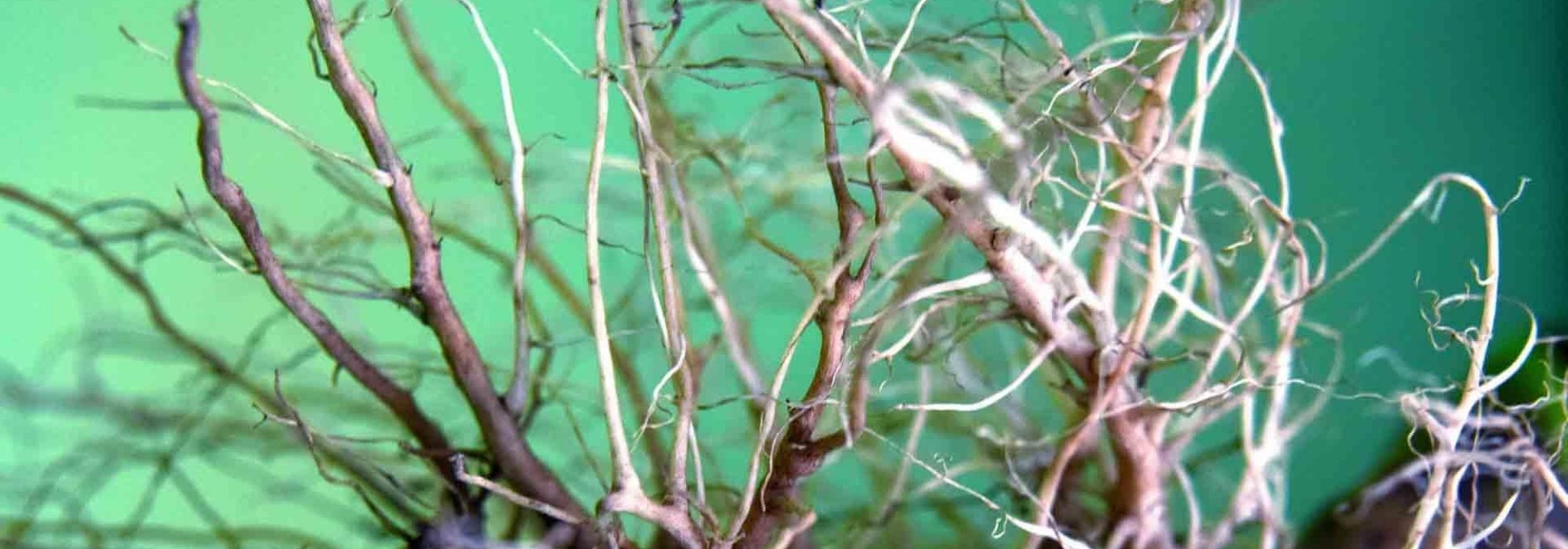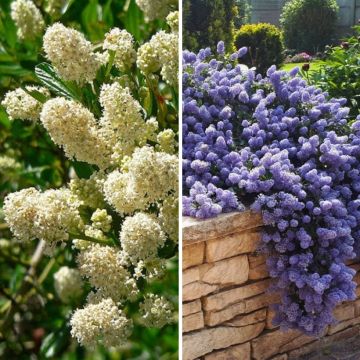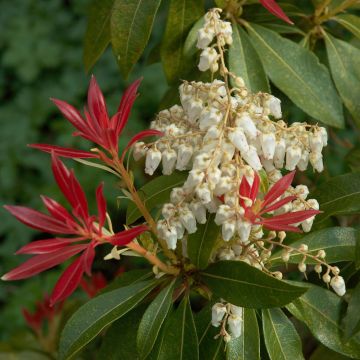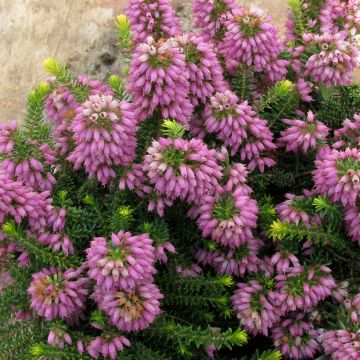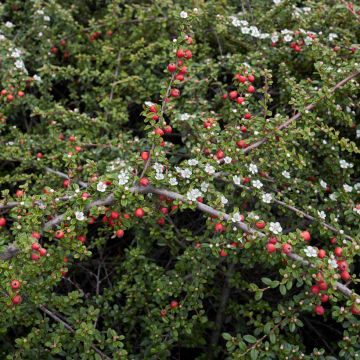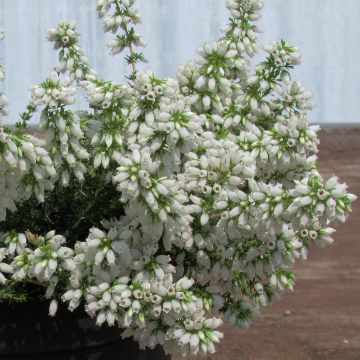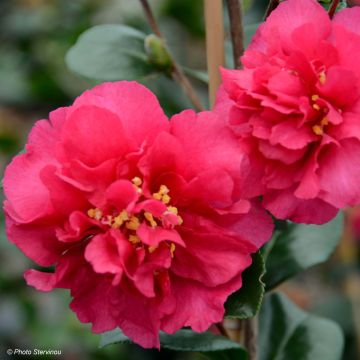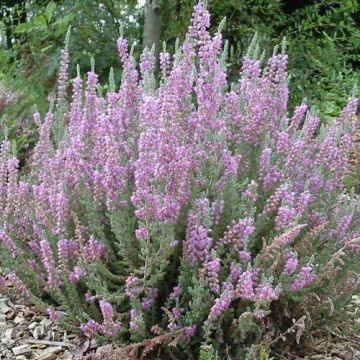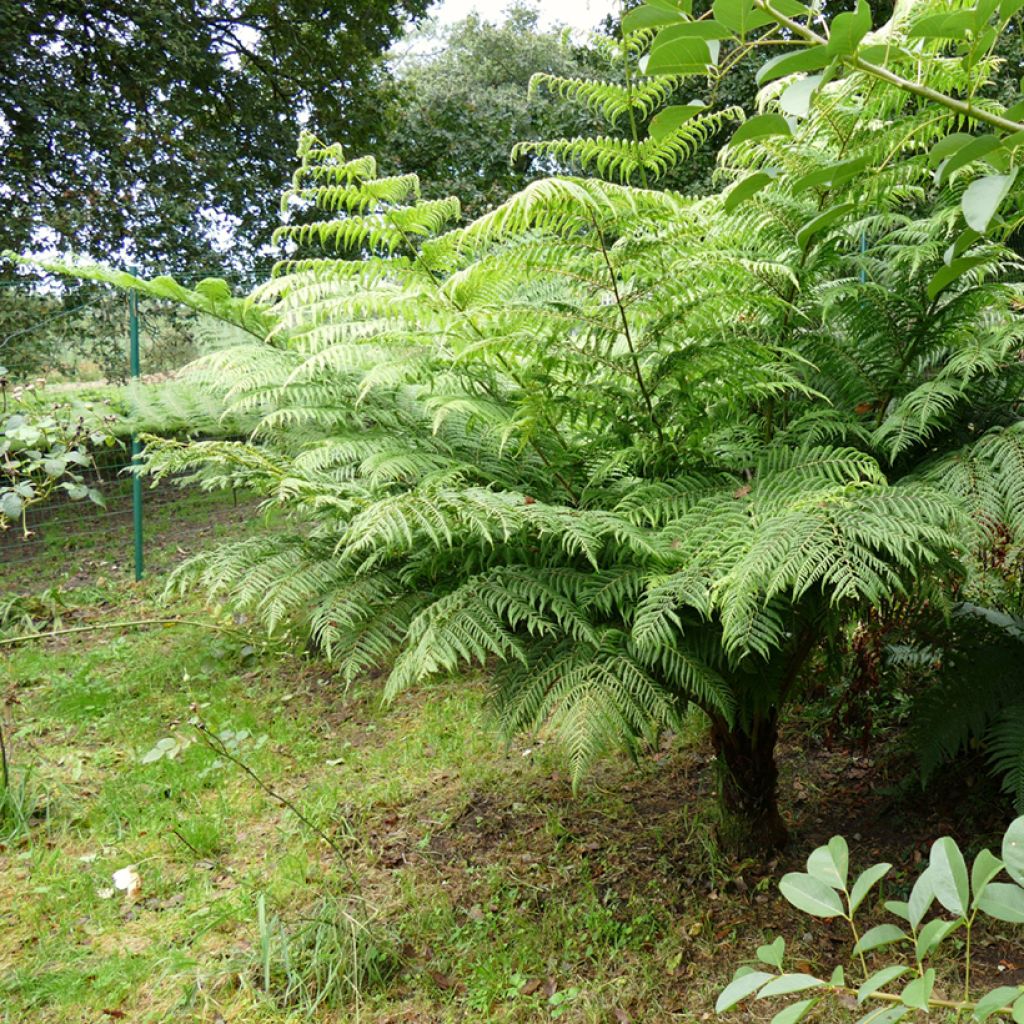

Cyathea australis - Fougère arborescente
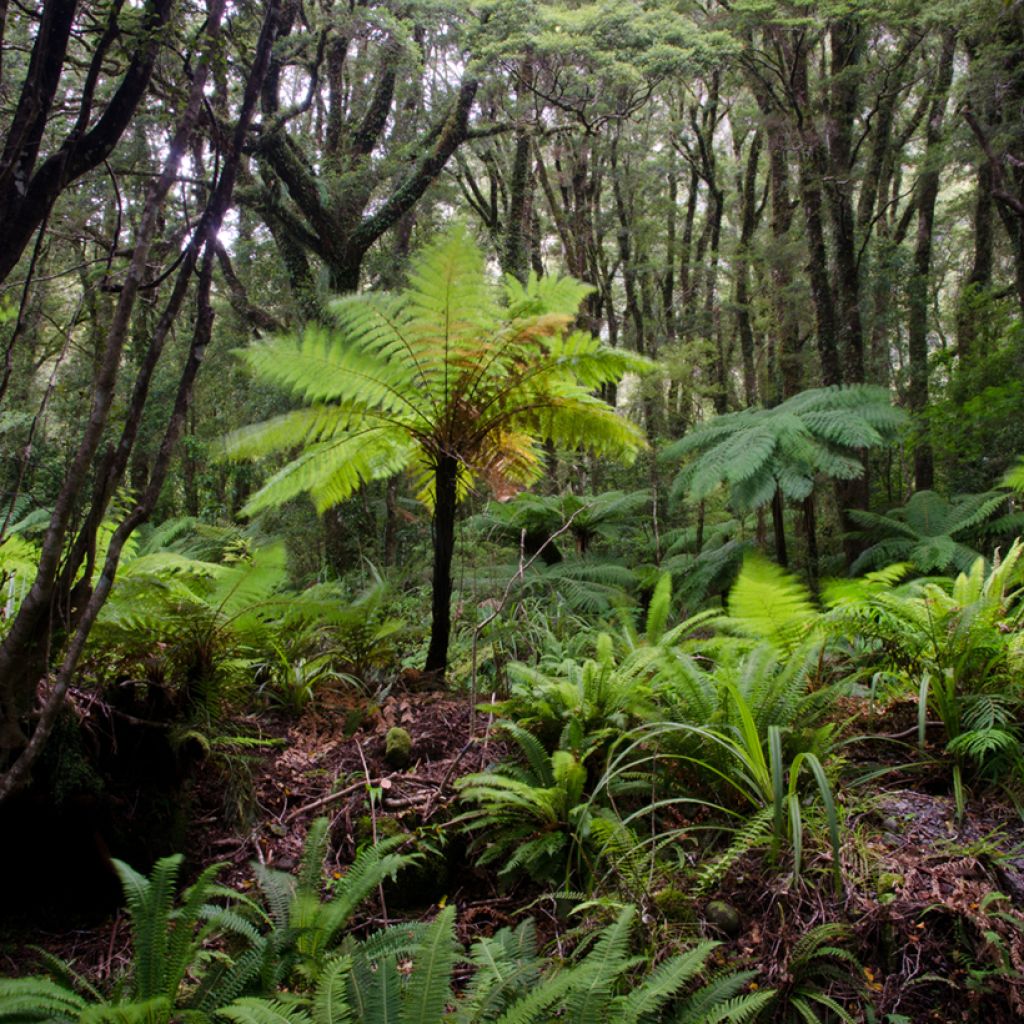

Cyathea australis - Fougère arborescente
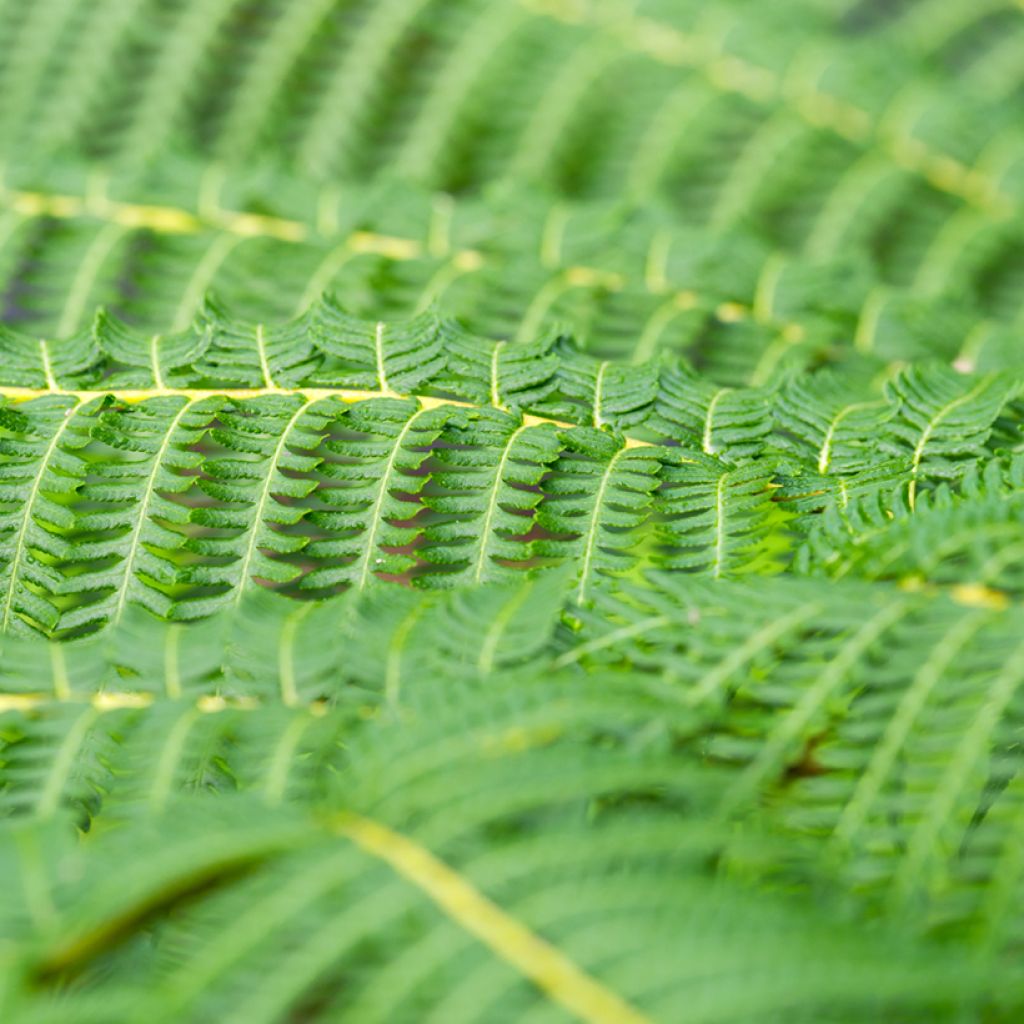

Cyathea australis - Fougère arborescente
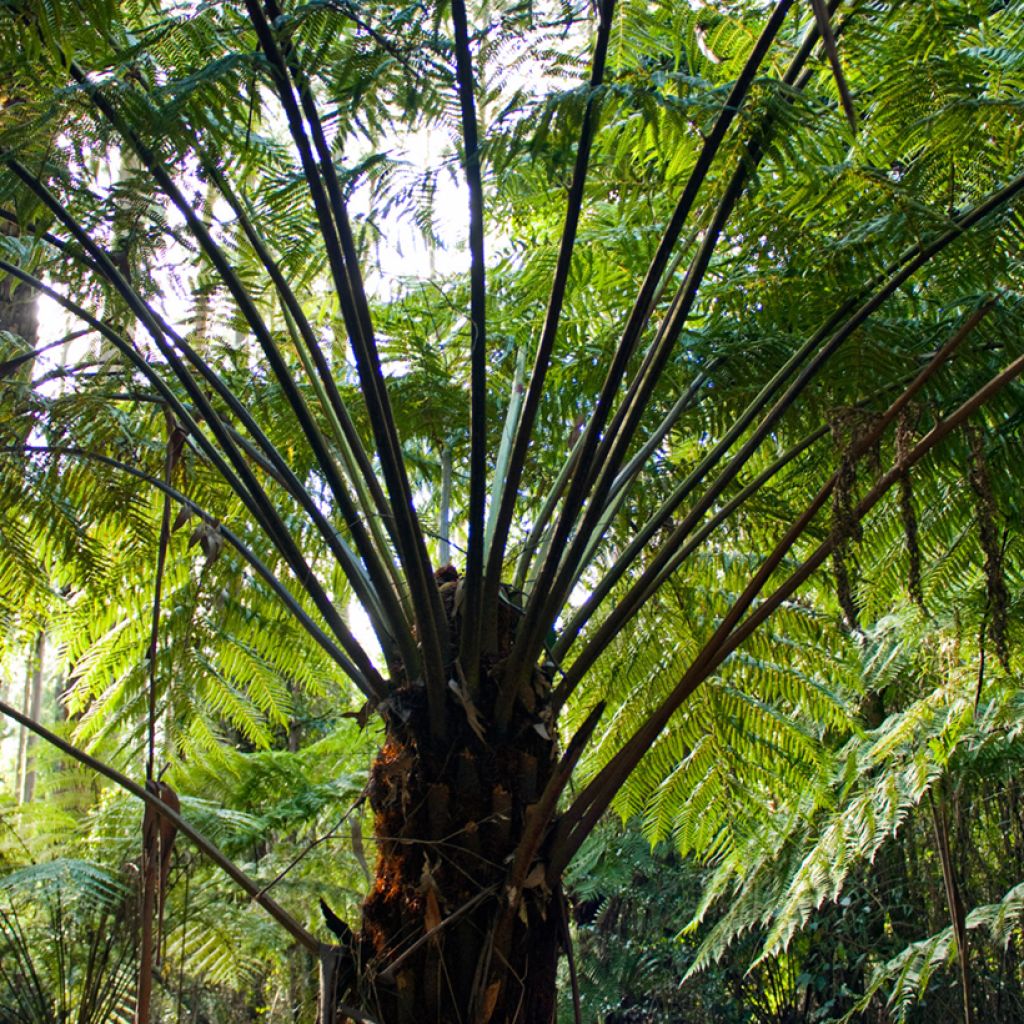

Cyathea australis - Fougère arborescente
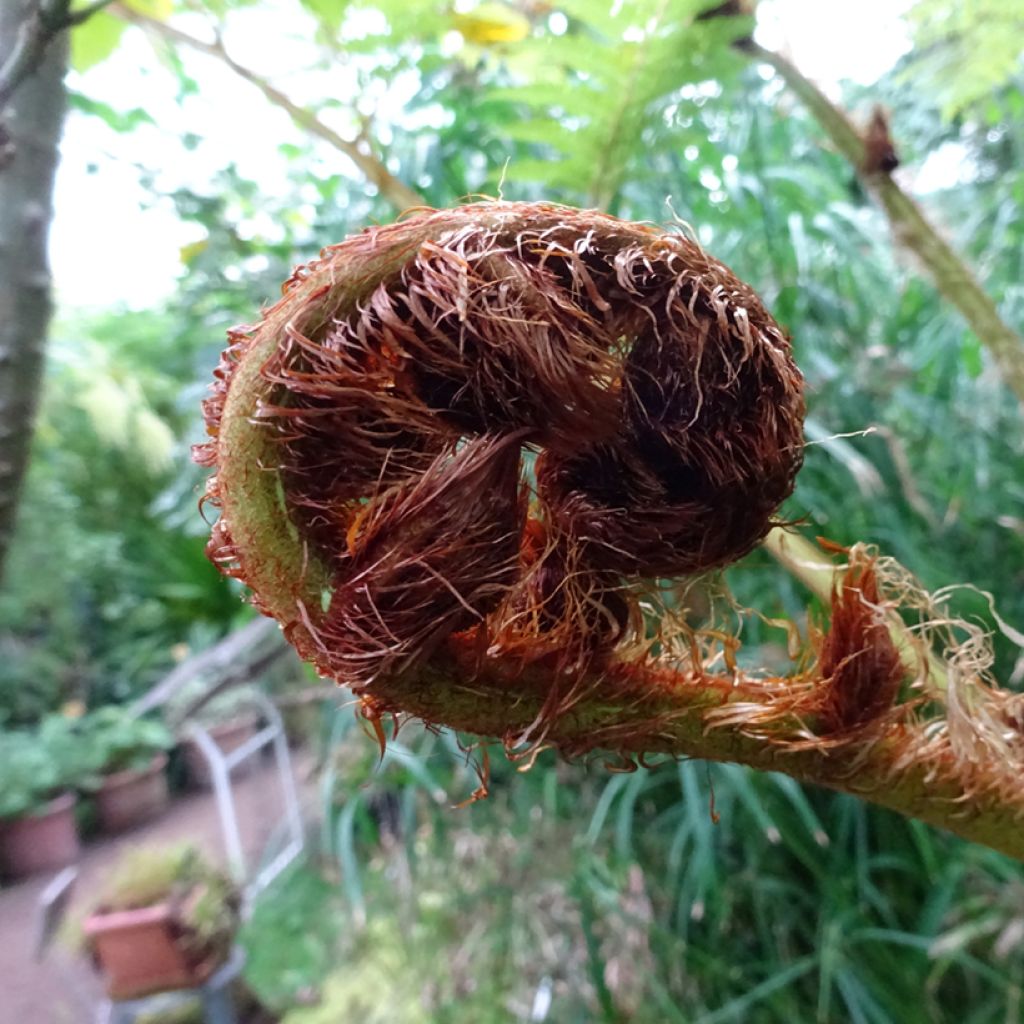

Cyathea australis - Fougère arborescente
Cyathea australis - Australian Tree Fern
Cyathea australis
Rough Tree Fern, Australian Tree Fern
More info
Special offer!
Receive a €20 voucher for any order over €90 (excluding delivery costs, credit notes, and plastic-free options)!
1- Add your favorite plants to your cart.
2- Once you have reached €90, confirm your order (you can even choose the delivery date!).
3- As soon as your order is shipped, you will receive an email containing your voucher code, valid for 3 months (90 days).
Your voucher is unique and can only be used once, for any order with a minimum value of €20, excluding delivery costs.
Can be combined with other current offers, non-divisible and non-refundable.
Why not try an alternative variety in stock?
View all →This plant carries a 24 months recovery warranty
More information
We guarantee the quality of our plants for a full growing cycle, and will replace at our expense any plant that fails to recover under normal climatic and planting conditions.
Does this plant fit my garden?
Set up your Plantfit profile →
Description
Cyathea australis (or Alsophila australis) is less common than C. cooperi but is worth discovering for its ornamental qualities. It forms an almost black stipe (false trunk), which is highly decorative, supporting a crown of large, light green, finely cut fronds with a striking appearance. This tree fern instantly brings a tropical feel wherever it is planted. One of its advantages is its relative hardiness, down to approximately -10°C (14°F), although its foliage suffers from temperatures below -6°C (21.2°F). Preferring moist and well-drained acidic soils, devoid of limestone, as well as a fairly high air humidity, it will thrive in mild and humid oceanic climates. With relatively slow growth, it is a plant reserved for enthusiasts.
Cyathea australis belongs to the Cyatheaceae family, which includes the largest tree ferns in the world (up to 30m (98ft) tall!) and whose members populate the humid tropical and subtropical regions of the southern hemisphere. This genus comprises around 470 species, and this one is native to the humid mountains of eastern Australia (Queensland, Victoria, New South Wales), where it grows at an altitude of approximately 1200m (3937ft), which explains its relative hardiness. It has a rough "trunk" (in reality, it is a stipe, as in Palms), hence its nickname "rough tree fern". This stipe is wider than that of the better known Cyathea cooperi (or Sphaeropteris cooperi), and it is black in colour. Moreover, it is distinguished from other species by the presence of small spines at the base of the leaves, which are called fronds in ferns. In its natural habitat, it can reach a height of 12m (40ft) with fronds measuring 3 to 4m (10 to 13ft) in length.
Away from its natural habitat, Cyathea australis generally does not exceed 6m (20ft) in height with a diameter of 4m (13ft), which is already sufficient to give a fiercely exotic appearance to a bed! With slow to moderate growth, the stipe can grow by 10cm (4in) per year under favourable conditions. This false trunk is composed of intermingled rhizomes covered with dry adventitious roots and the brown, scale-like, papery remnants of the petioles of old leaves. The base of the leaves bears small spines, which give it its rough appearance. The young, coiled leaves, called croziers, unfold into large, finely cut fronds measuring 2m (7ft) in length, of a light green colour. They are produced at the upper part of the stipe, one after the other, uninterrupted if the plant is kept above 10°C (50°F), thus giving it a deceiving palm-like appearance. The fronds are evergreen and each has an average lifespan of 2 years when not exposed to severe frost. Indeed, from -6°C (21.2°F) onwards, they will be damaged by the cold and may die, but new ones will form in the following spring, as the plant itself can withstand temperatures around -10°C (14°F), or even -12°C (10.4°F).
Like other tree ferns, Cyathea australis requires humidity to thrive. Prehistoric plants, emerging from the water before others, they remain dependent on it for reproduction.
Tree ferns are not known for their great hardiness, except for the quite common Dicksonia antarctica, and this Cyathea expands the range. This tree fern only thrives in the shaded and humid atmosphere of an understory. It seems to tolerate wind slightly better than its sisters, but in cooler climates, it will need to be planted in a container so that it can be brought indoors during winter. For gardens that can accommodate it in the ground, it will create a strong visual element for a tropical-inspired scene. It can be paired with giant foliage plants, such as Gunnera manicata, the Giant Brazilian Rhubarb, along the water's edge, or the equally spectacular Tetrapanax papyrifera 'Rex' (be careful, it produces many suckers, so it needs to be contained with a root barrier like bamboo). On a smaller scale, Farfugium, available in several species, will also be a good companion with its extremely decorative leaves.
Cyathea australis - Australian Tree Fern in pictures
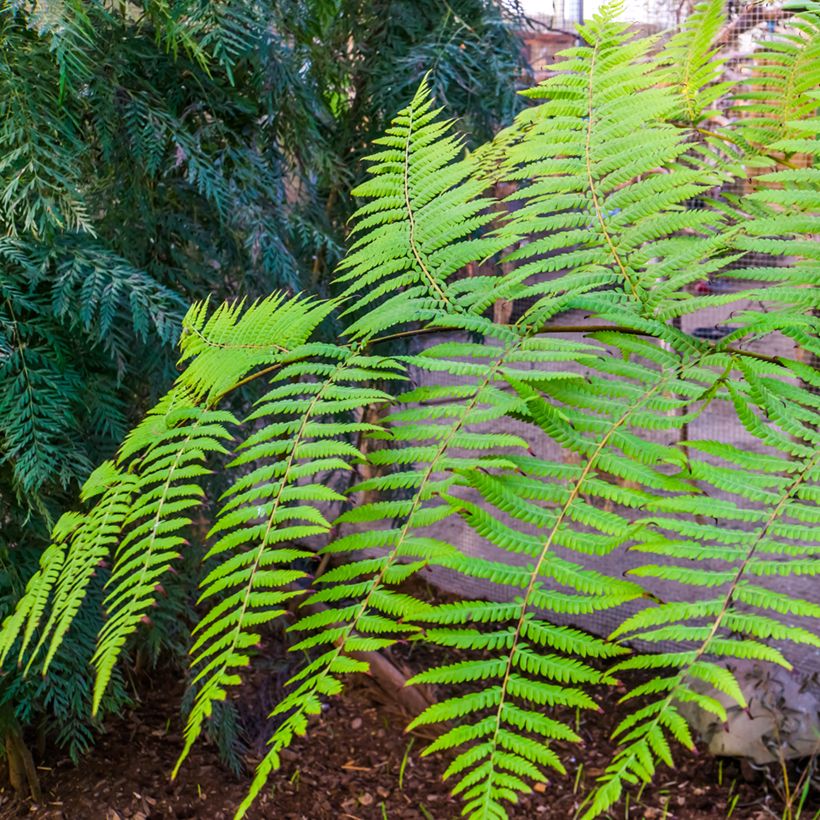

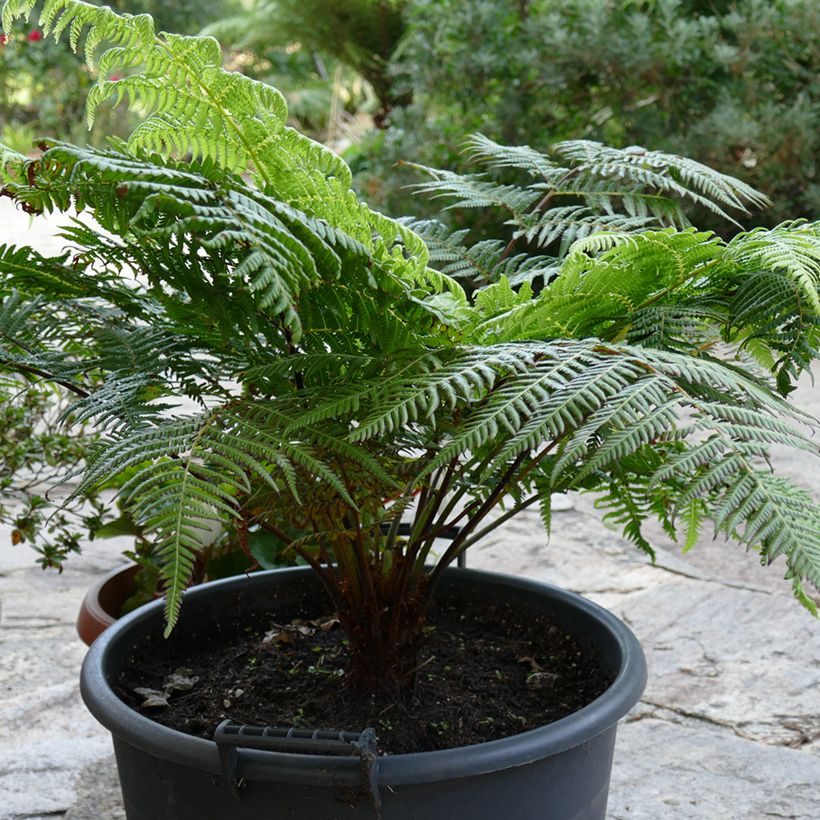

Plant habit
Foliage
Botanical data
Cyathea
australis
Cyatheaceae
Rough Tree Fern, Australian Tree Fern
Australia
Other Tree Ferns
View all →Planting and care
Cyathea australis grows in partial shade, and tolerates non-burning sun, in a protected location with a humid atmosphere. The most important thing is the humidity level of the air, which should be as high as possible because it fears drying winds. It likes moist, light, rather acidic or neutral soils, but without any trace of limestone (it also does not tolerate watering with limestone water). Plant it in spring so that it has time to develop a sufficient root system before winter. And above all, water it regularly; you can even mist it occasionally to ensure a certain level of air humidity.
Growing it in open ground is possible in oceanic climates, due to the relative hardiness of this arborescent fern (down to about -10°C (14°F), but the leaves suffer from -6°C (21.2°F) onwards).
Elsewhere, it should be cultivated in a pot and brought indoors in a conservatory during winter.
Fertiliser and watering: this arborescent fern reacts very well to the administration of liquid fertiliser for green plants. Decrease the prescribed dose by 2 in non-calcareous water and water the centre of the plant once or twice a week between March and November. It reacts very poorly to organic fertilisers (derived from decomposed living matter, animal or vegetable, such as manure or compost) which burn its roots and cause it to wither in a matter of days. The death of the plant is announced by the symptom of drooping, limp leaves.
Planting period
Intended location
Care
Planting & care advice
This item has not been reviewed yet - be the first to leave a review about it.
Similar products
Haven't found what you were looking for?
Hardiness is the lowest winter temperature a plant can endure without suffering serious damage or even dying. However, hardiness is affected by location (a sheltered area, such as a patio), protection (winter cover) and soil type (hardiness is improved by well-drained soil).

Photo Sharing Terms & Conditions
In order to encourage gardeners to interact and share their experiences, Promesse de fleurs offers various media enabling content to be uploaded onto its Site - in particular via the ‘Photo sharing’ module.
The User agrees to refrain from:
- Posting any content that is illegal, prejudicial, insulting, racist, inciteful to hatred, revisionist, contrary to public decency, that infringes on privacy or on the privacy rights of third parties, in particular the publicity rights of persons and goods, intellectual property rights, or the right to privacy.
- Submitting content on behalf of a third party;
- Impersonate the identity of a third party and/or publish any personal information about a third party;
In general, the User undertakes to refrain from any unethical behaviour.
All Content (in particular text, comments, files, images, photos, videos, creative works, etc.), which may be subject to property or intellectual property rights, image or other private rights, shall remain the property of the User, subject to the limited rights granted by the terms of the licence granted by Promesse de fleurs as stated below. Users are at liberty to publish or not to publish such Content on the Site, notably via the ‘Photo Sharing’ facility, and accept that this Content shall be made public and freely accessible, notably on the Internet.
Users further acknowledge, undertake to have ,and guarantee that they hold all necessary rights and permissions to publish such material on the Site, in particular with regard to the legislation in force pertaining to any privacy, property, intellectual property, image, or contractual rights, or rights of any other nature. By publishing such Content on the Site, Users acknowledge accepting full liability as publishers of the Content within the meaning of the law, and grant Promesse de fleurs, free of charge, an inclusive, worldwide licence for the said Content for the entire duration of its publication, including all reproduction, representation, up/downloading, displaying, performing, transmission, and storage rights.
Users also grant permission for their name to be linked to the Content and accept that this link may not always be made available.
By engaging in posting material, Users consent to their Content becoming automatically accessible on the Internet, in particular on other sites and/or blogs and/or web pages of the Promesse de fleurs site, including in particular social pages and the Promesse de fleurs catalogue.
Users may secure the removal of entrusted content free of charge by issuing a simple request via our contact form.
The flowering period indicated on our website applies to countries and regions located in USDA zone 8 (France, the United Kingdom, Ireland, the Netherlands, etc.)
It will vary according to where you live:
- In zones 9 to 10 (Italy, Spain, Greece, etc.), flowering will occur about 2 to 4 weeks earlier.
- In zones 6 to 7 (Germany, Poland, Slovenia, and lower mountainous regions), flowering will be delayed by 2 to 3 weeks.
- In zone 5 (Central Europe, Scandinavia), blooming will be delayed by 3 to 5 weeks.
In temperate climates, pruning of spring-flowering shrubs (forsythia, spireas, etc.) should be done just after flowering.
Pruning of summer-flowering shrubs (Indian Lilac, Perovskia, etc.) can be done in winter or spring.
In cold regions as well as with frost-sensitive plants, avoid pruning too early when severe frosts may still occur.
The planting period indicated on our website applies to countries and regions located in USDA zone 8 (France, United Kingdom, Ireland, Netherlands).
It will vary according to where you live:
- In Mediterranean zones (Marseille, Madrid, Milan, etc.), autumn and winter are the best planting periods.
- In continental zones (Strasbourg, Munich, Vienna, etc.), delay planting by 2 to 3 weeks in spring and bring it forward by 2 to 4 weeks in autumn.
- In mountainous regions (the Alps, Pyrenees, Carpathians, etc.), it is best to plant in late spring (May-June) or late summer (August-September).
The harvesting period indicated on our website applies to countries and regions in USDA zone 8 (France, England, Ireland, the Netherlands).
In colder areas (Scandinavia, Poland, Austria...) fruit and vegetable harvests are likely to be delayed by 3-4 weeks.
In warmer areas (Italy, Spain, Greece, etc.), harvesting will probably take place earlier, depending on weather conditions.
The sowing periods indicated on our website apply to countries and regions within USDA Zone 8 (France, UK, Ireland, Netherlands).
In colder areas (Scandinavia, Poland, Austria...), delay any outdoor sowing by 3-4 weeks, or sow under glass.
In warmer climes (Italy, Spain, Greece, etc.), bring outdoor sowing forward by a few weeks.


































